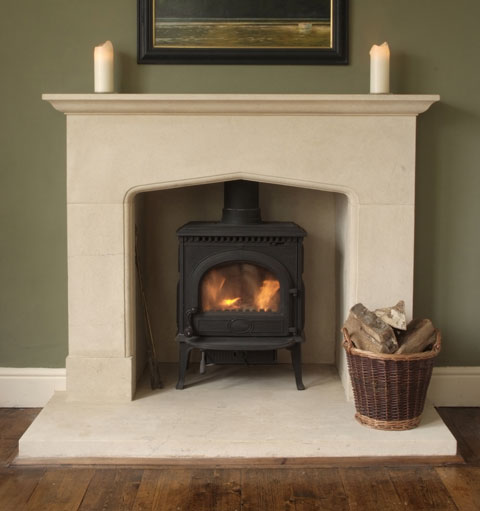
When was the woodburning stove first invented?
08 Oct 2014Cosy up next to your woodburning stove this Autumn, but when was the woodburning stove first invented? ….
It was the 16th Century before substantial numbers of Britons had moved the home fire against a side wall and began venting it through a chimney.
In earlier times, families literally lived and slept around a central stone fire surround in every type of home from the humblest cottage to the grandest castle.
But the earliest stone fireplace known to man is still thought to be located on the island of Malta, part of the Ggantija temples that date back to 3600 BC.
Excavations carried out in 1827 indicate that the temples were roofed over like a dome, but with an open central passage to let light in and smoke out.
Fast forward to present times and many stone and granite hearths are now the focal point for an efficient, modern wood burning stove or solid fuel stove.
One of the earliest examples was the fire chamber, where the wood burning fire was enclosed on three sides by masonry walls and covered by an iron plate. And in 1735 French architect Francois Cuvilliés designed a masonry construction with several fire holes covered over by perforated iron plates, known as a stew stove.
Towards the end of the 18th century the design was improved and wood burning stoves began to gain a deserved reputation for heat efficiency, and U.S.A founding father Benjamin Franklin had a go and developed his own unique cast iron stoves with much improved efficiency in 1744.
In recent times, as mankind began to worry about deforestation, air pollution and climate change, a new generation of innovative, super-efficient wood stove designs began to appear, such as the wood burning stoves used today around the world.
At Pinckney Green we offer a wide range of woodburning stoves, multifuel stoves and gas fires. Please click here to visit our stoves page on our website.


